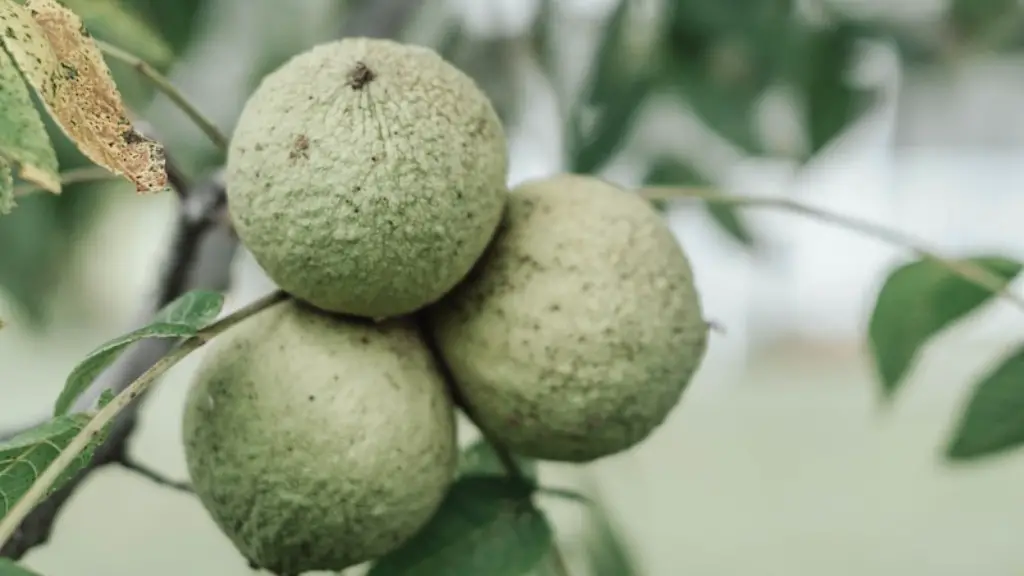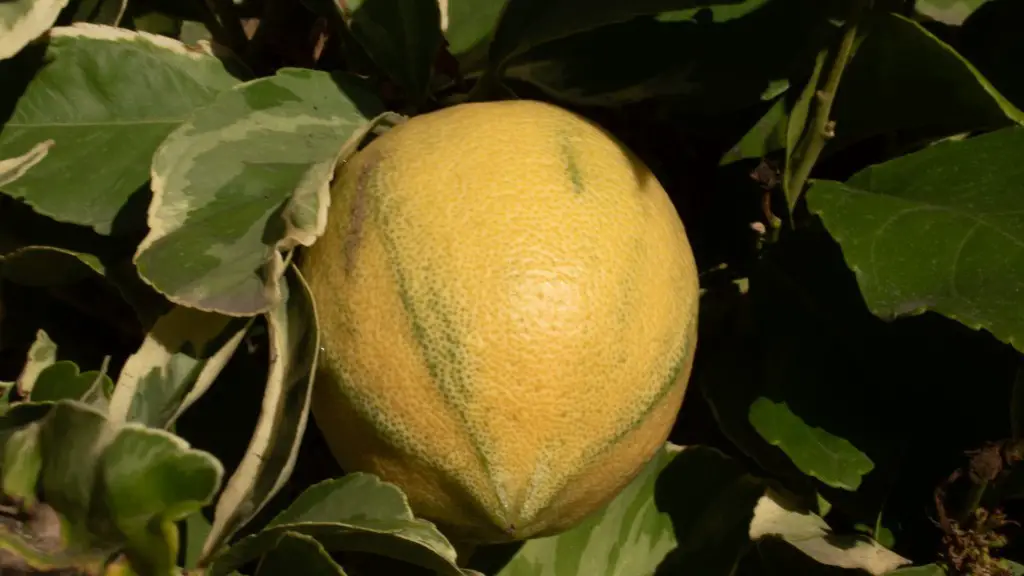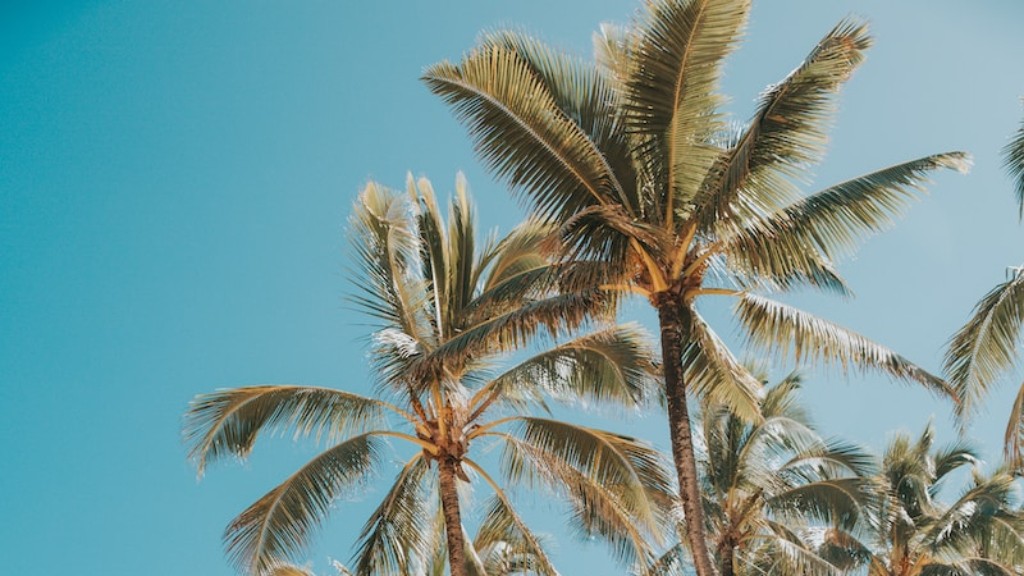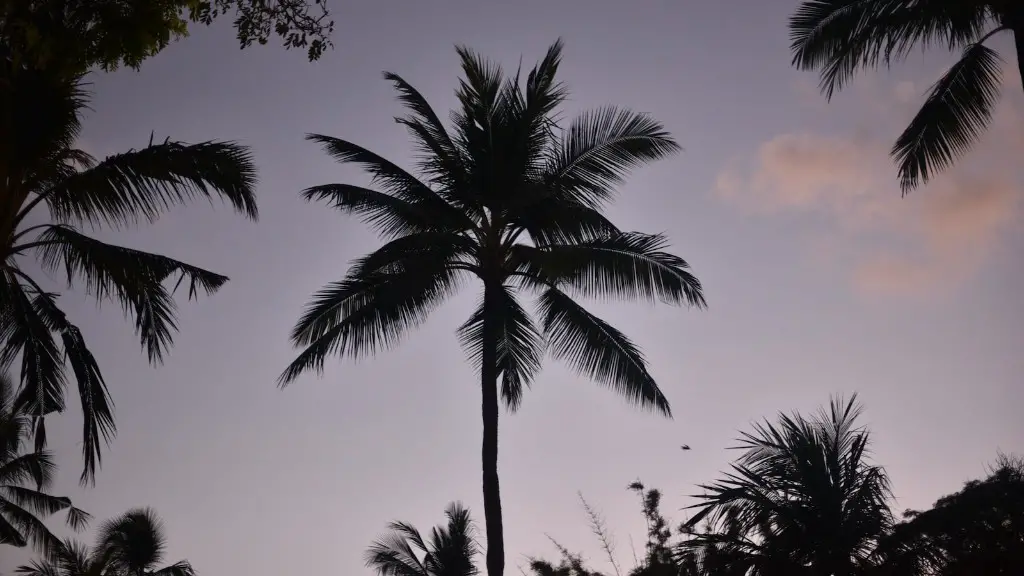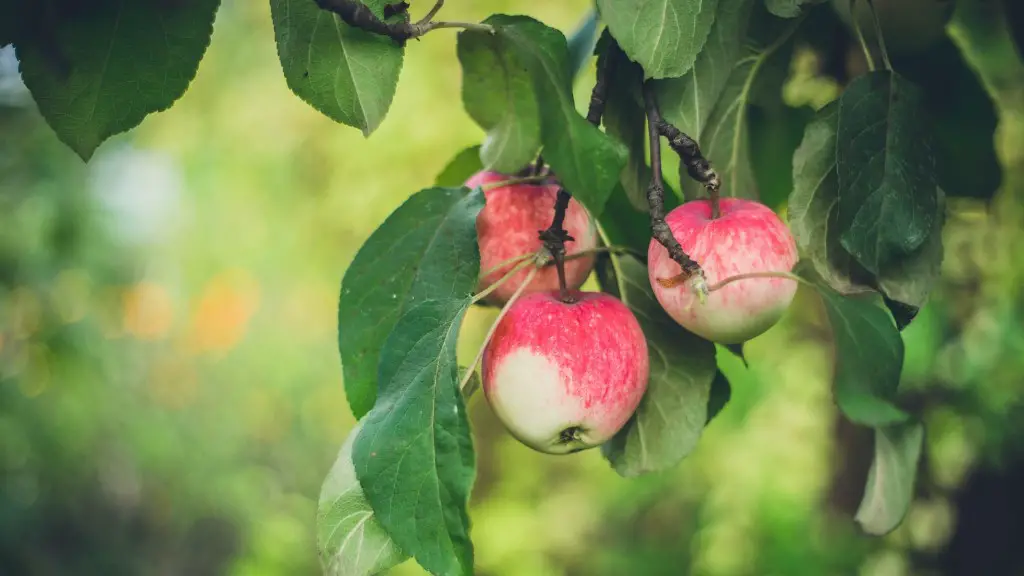A Brazil nut tree (Bertholletia excelsa) is a South American tree in the family Lecythidaceae, and is the only species in the genus Bertholletia. The Brazil nut tree is native to the Guianas, Venezuela, Brazil, eastern Colombia, eastern Peru, and northern Bolivia. It occurs as scattered trees in large forests on the banks of the Amazon, Rio Negro, Tapajós, and Orinoco rivers.
To grow a brazil nut tree, you’ll need to start with a seedling from a brazil nut tree. Plant the seedling in a location that gets full sun and has well-drained soil. Water the tree regularly, and fertilize it monthly. Once the tree reaches maturity, it will produce clusters of large, hard-shelled nuts.
Can you grow a Brazil nut tree in the US?
The Brazil nut tree is a fascinating tree that is best grown in US Department of Agriculture plant hardiness zone 11 and above. The tree is native to the rain forests of South America and can grow up to 150 feet tall. The Brazil nut tree is a valuable source of timber and nuts. The nuts of the Brazil nut tree are large and nutritious. They are used in many different ways, including in baking and as a source of oil. The Brazil nut tree is an important tree in the rain forest and is worth learning more about.
Growing Brazil nut trees can be a rewarding but challenging endeavor. The trees can take up to 20 years to produce nuts, so this is a project that requires patience and dedication. Additionally, Brazil nut trees are not easy to grow, so success is not guaranteed. However, the effort can be well worth it, as the Brazil nuts themselves are delicious and nutritious. If you’re interested in trying your hand at growing Brazil nut trees, be sure to do your research and be prepared for a long-term commitment.
Are Brazil nuts hard to grow
Brazil nuts are an interesting crop native to the Amazon rainforest. Brazil nut trees can grow to 150 feet (46 m) tall and produce nuts for centuries. They’re almost impossible to cultivate, however, because their pollination requirements are so specific.
Fruit development in B excelsa takes significantly longer than in any other species of Lecythidaceae. Moritz (1984) states that 15 months are needed for the fruits to develop after they have been set. Consequently, Brazil nut fruits fall mostly in January and February, during the rainy season. This extended development time may be due to the large size of the fruits, which can weigh up to 2 kg each.
Why are there no Brazil nuts anymore?
The Brazil nut is an important food source for many animals in the Amazon rainforest, and a drastic reduction in its supplies could have a significant impact on the ecosystem. El Niño is a natural phenomenon that can cause reduced rainfall in certain areas, and it is possible that this played a role in the poor harvest. However, it is also possible that the reduced supply of Brazil nuts is due to other factors, such as deforestation or climate change.
The Brazil nut tree is found in the rainforests of South America and is an important source of food for many animals. The tree is also an important source of income for people who harvest the nuts for human consumption. However, the tree is only able to produce nuts if it is pollinated by a specific type of bee, the euglossine. Without the euglossines, the Brazil nut tree cannot sustain itself and will eventually die.
What is the easiest nut tree to grow?
Hazelnuts are a type of nut that is easy to grow in many regions. They are small, shrubby trees that usually stay under 15 feet in height. At least two different varieties of hazelnut trees must be planted for pollination, with a spacing of 15 to 20 feet between them. Hazelnuts are a good source of food for animals and humans alike, and can be used in a variety of recipes.
These seven types of nuts do not sprout because they contain high levels of ellagitannins, which are compounds that inhibit sprouting.
How long do Brazil nut trees live
The Brazil nut is an impressively large tree, reaching up to 50 m (160 ft) tall. It has a thick trunk, up to 2 m (6 ft 7 in) in diameter, making it one of the largest trees in the Amazon rainforest. The Brazil nut tree can live for hundreds of years, often reaching a thousand years of age. This tree provides an important source of food and income for many people in the Amazon region.
Brazil nuts are a good source of selenium, but it’s important to limit your intake to one to three per day to avoid consuming too much. Those with nut allergies may be allergic to Brazil nuts and need to avoid them.
How tall does a Brazil nut tree get?
The Brazil nut tree is a species of tree that is native to the Amazon rainforest. The tree is known for its tall stature, as it can reach heights of over 160 feet. The tree produces a fruit that is the size of a baseball and can weigh up to 5 pounds. The fruit ripens during January and February, and falls to the ground at speeds of up to 50 mph.
Brazil nuts are a great source of antioxidants, which can help to fight free radicals and reduce inflammation in your body. This, in turn, can help to reduce your risk of various health conditions, such as heart disease, diabetes, and certain types of cancer.
Do Brazil nuts need to be raw
Brazil nuts are actually edible seeds from the Brazil nut tree, and they can be eaten raw or blanched. Though they are commonly referred to as nuts, they are actually classified as seeds. Brazil nuts are a good source of fiber and protein, and they also contain healthy fats.
Soaking nuts and grains overnight helps to neutralize the phytic acid, making them more easily digested. Phytic acid is an anti-nutrient which can prevent the body from absorbing minerals. By soaking the nuts and grains, it helps to make the minerals more available to the body.
What is the hardest nut to harvest?
Macadamia nuts are native to Australia and were brought to Hawaii in the late 1800s. Since then, they have become one of the most popular nuts in the world. While they are often used in desserts, they can also be used in savory dishes.
The importers are unwilling to incur the costs of the tests and any subsequent destruction of the affected nuts, so they no longer import the nuts in shells.
Who eats Brazil nuts
Agoutis are small rodents with chisel-like teeth that can penetrate the Brazil nut’s seed case. They eat some of the nuts, but they also play an important role in dispersing the seeds by carrying them away and burying them for future meals.
The Brazil nut is a consumed by people in many different countries around the world. The top Brazil nut consuming countries are the United Kingdom, Germany, United States, and Italy. These countries consume large quantities of Brazil nuts each year.
Final Words
There is no one-size-fits-all answer to this question, as the best way to grow a Brazil nut tree will vary depending on your specific circumstances. However, some tips on how to grow a Brazil nut tree include selecting a location with well-drained, sandy soil; planting the tree in a hole that is twice as wide and deep as the tree’s root ball; and watering the tree regularly.
To grow a brazil nut tree, you will need to start with a fresh brazil nut. Plant the brazil nut in a pot with well-draining soil and place it in a bright spot. Water the brazil nut tree regularly and fertilize it monthly. The brazil nut tree will eventually grow to be 20 to 30 feet tall.
